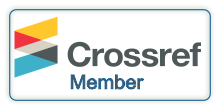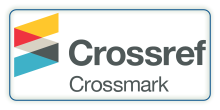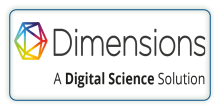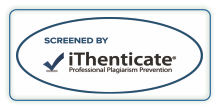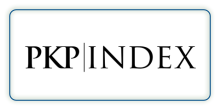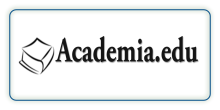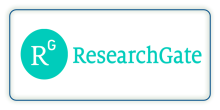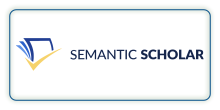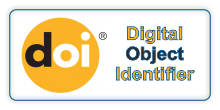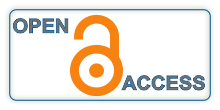APPLICATION TO VARIOUS TYPES OF COMPUTER CRIMES AND DIGITAL FORENSICS: A CASE OF MCCARTNEY’S NET WORTH AND SETTLE
DOI:
https://doi.org/10.29121/digisecforensics.v1.i1.2024.20Keywords:
Computer Crimes, Digital Forensics, McCartney’sAbstract
Application to various types of computer crimes and digital forensics is very important to support effectiveness of organization performance. A case of McCartney’s net worth and Settle. This study analyses the application to various types of computer crimes and digital forensics. The study employed case study research design whereby McCartney’s case was picked purposefully. The study found that application of digital forensic techniques is very crucial to reduce computer crime. Also, the case study observed that digital forensic techniques applied in types of computer crimes such as network breaches and data theft, identity theft, violent crimes like theft, assault, and slaughter, and white neckline crimes. The case study recommends that the forensic accountants and auditors should pay attention to types of computer crimes and should implement the digital forensic techniques in order to detect errors and fraud.
References
Kass-Shraibman, F., & Sampath, V. S. (2011). Forensic Accounting for Dummies. John Wiley & Sons.
Kranacher, M. J., & Riley, R. (2019). Forensic Accounting and Fraud Examination. John Wiley & Sons.
Rufus, R. J., Miller, L. S., & Hahn, W. (2015). Forensic Accounting. Pearson.
Skalak, S. L., Golden, T. W., Clayton, M. M., & Pill, J. S. (2015). A Guide to Forensic Accounting Investigation. John Wiley & Sons.
Published
How to Cite
Issue
Section
License
Copyright (c) 2024 James Daniel Chindengwike

This work is licensed under a Creative Commons Attribution 4.0 International License.
With the licence CC-BY, authors retain the copyright, allowing anyone to download, reuse, re-print, modify, distribute, and/or copy their contribution. The work must be properly attributed to its author.
It is not necessary to ask for further permission from the author or journal board.
This journal provides immediate open access to its content on the principle that making research freely available to the public supports a greater global exchange of knowledge.












